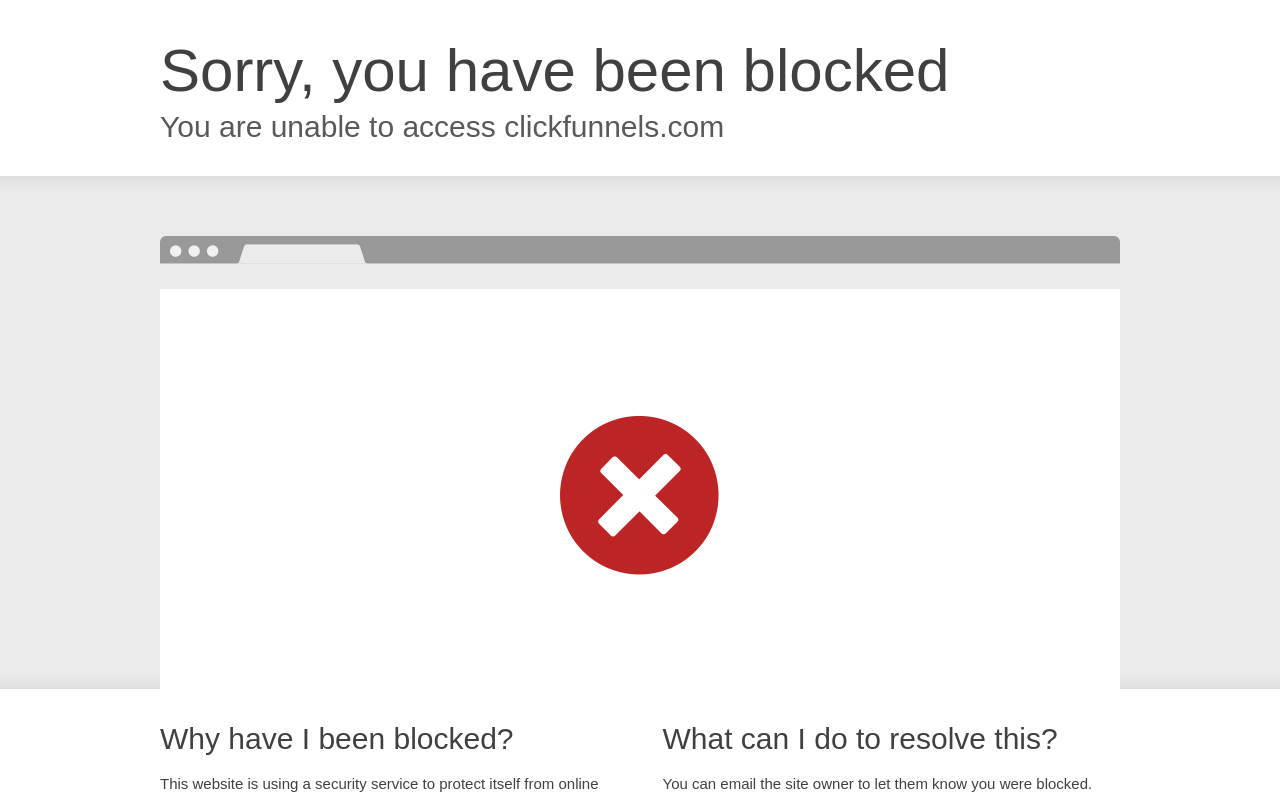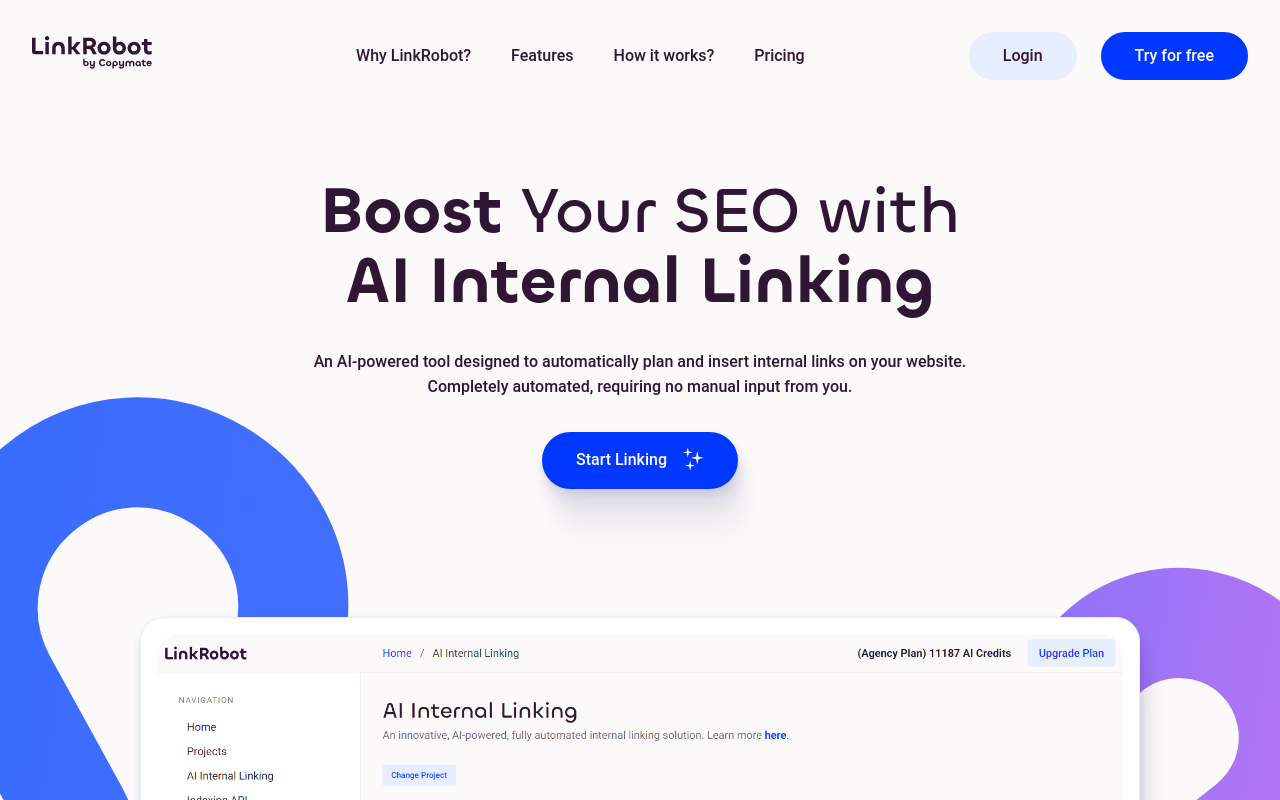Best for:
- Startups looking to develop MVPs
- Enterprises needing complex applications
- Non-developers who want to build apps
Use cases:
- Building customer-facing applications
- Creating internal organizational tools
- Prototyping new products quickly
Users like:
- Marketing
- Product Development
- IT
What is Bubble?
Quick Introduction
Bubble is an innovative no-code platform designed for individuals and teams who want to create web applications without needing to write a single line of code. By offering an intuitive visual interface, Bubble allows users to build highly functional and personalized applications with innovation and speed. Whether you are a startup aiming to launch a Minimum Viable Product (MVP) or an enterprise looking to facilitate complex internal and customer-facing tools, Bubble can adapt to your needs. I initially turned to Bubble in hopes of quickly building a functional prototype without the lengthy and complex coding process. The outcome was astonishingly efficient, achieving in weeks what would typically take months.
Bubble simplifies the development process with its modular approach, enabling both technical and non-technical users to construct intricate app systems. By working within a drag-and-drop environment, users can arrange elements, set up workflows, design databases, and even implement custom domain functionalities. For anyone who wants to transform their app idea into a live project without the traditionally high barrier associated with app development, Bubble represents a highly attractive solution.
Pros and Cons
Pros:
- Highly intuitive visual editor: Easily build and customize applications with a clean, drag-and-drop interface.
- Extensive feature set: Includes tools for everything from simple prototypes to fully scaled applications.
- Comprehensive integrations: Seamlessly connect with various APIs and external services.
Cons:
- Steeper learning curve for newbies: It might take some time for beginners to become proficient with Bubble’s advanced features.
- Performance limitations: Highly complex apps may face performance issues as they scale.
- Subscription costs: Advanced features and higher workloads come with a significant cost, which might be prohibitive for some users.
TL:DR.
- Build web applications without coding
- Drag-and-drop interface
- Scales from prototypes to full enterprise solutions
Features and Functionality
- Visual Development Interface: Drag-and-drop components to visually design your application’s UI and functionality, ideal for creating everything from prototypes to complex user interactions.
- Workflow Automation: Define custom workflows that can be triggered by user actions, enabling sophisticated logic without writing any code.
- Database Management: Easily create and manipulate databases, defining relationships and linking them to your app’s front-end.
- Customizable APIs: Seamlessly integrate third-party services and APIs, expanding the capabilities of your app through external functionalities.
- Collaborative Development: Multiple users can work on the same application, complete with version control to manage changes.
Integration and Compatibility
Bubble excels in integrating with a wide range of third-party services and APIs. Whether you need to connect with payment gateways, social media, data analytics platforms, or customer relationship management tools, Bubble provides robust API connectivity.
Do you use Bubble?
This high level of integration capability ensures your Bubble app can work harmoniously with your existing tech stack, enhancing overall workflow and functionality.
Benefits and Advantages
- Time Efficiency: Drastically reduces the time needed to go from concept to a fully functioning application, achieving in days or weeks what traditionally takes months.
- Cost-Effectiveness: Minimizes the need for a dedicated development team, lowering costs associated with custom software development.
- User-Friendly: Designed to be accessible to non-technical users, enabling anyone with a vision to build their application.
- Scalability: As your application grows, Bubble’s advanced tools and features can accommodate increasing complexity and user demands.
- Flexibility: From MVPs to enterprise-level solutions, Bubble adapts to unique project requirements and scales accordingly.
Pricing and Licensing
Bubble’s pricing model is diverse, catering to different levels of users and needs:
- Free Plan: Best for those learning Bubble or developing under-construction projects, includes basic features like the API connector and up to 50k workload units per month.
- Starter Plan ($29/month, billed annually): Suitable for launching MVPs with live apps, custom domains, basic version control, and 175k workload units per month.
- Growth Plan ($119/month, billed annually): Targets consumer projects with complex functionality, premium version control, two-factor authentication, and 250k workload units per month.
- Team Plan ($349/month, billed annually): Ideal for scaling projects, with 5 app editors, sub-apps, 500k workload units per month, and more features for larger teams.
- Enterprise Plan: Custom pricing for maximum security and large-scale needs, offering dedicated servers, priority support, and enhanced security.
Support and Resources
Bubble offers multiple support avenues, ensuring users have access to comprehensive assistance throughout their development journey. This includes a dedicated customer service team, extensive documentation, interactive tutorials, a community forum, and optional coaching sessions. The Bubble Academy further provides resources to learn and master no-code development.
Bubble as an Alternative to XYZ App Developer
Compared to traditional app development tools or platforms like WordPress or AppGyver, Bubble stands out with its purely visual, modular approach. Unlike WordPress, which may require knowledge of plugins and occasional coding for complex functions, Bubble allows for complete customization within a visual framework. AppGyver offers similar no-code capabilities, but it often lacks the depth and scalability which Bubble provides.
Alternatives to Bubble
- Webflow: Ideal for creating visually striking websites with an easy-to-use visual editor, but less robust in database and backend functionalities compared to Bubble.
- Adalo: Another no-code platform focused on building mobile apps with simplicity but may fall short in web app development and advanced feature requirements.
- Wix: Great for building simple websites quickly, but lacks the in-depth customization and workflow capabilities that Bubble offers for more complex applications.
Conclusion
Bubble radically simplifies the application development process by removing the barrier of coding. Its robust features, comprehensive integration capabilities, and flexibility make it suitable for a wide range of applications—from MVPs to enterprise solutions. Whether you are looking to build a simple web app or a complex, scalable tool, Bubble provides the resources and support to efficiently bring your vision to life.
Similar Products
Programmatic SEO: The Developer’s Guide to Rapid Ranking
A comprehensive guide for developers to implement efficient and scalable SEO techniques.
LinkRobot
An AI-powered tool designed to automatically plan and insert internal links on your website.



